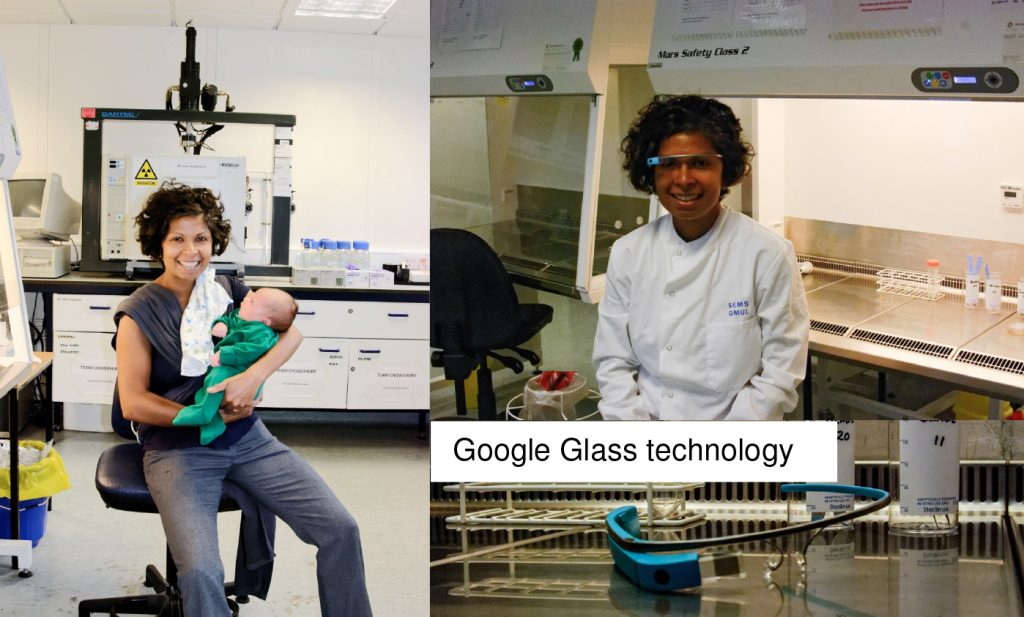Why we need to face education and the technology revolution
Did you ever wonder why toddlers can login to an iPad or start watching an episode of the Octonauts on iPlayer, having remembered the password, while the parents still write down their pin number for credit cards?
Products are designed to be instinctively easy to use, and counter-intuitive to anything else in life, since instinct counts for more than experience. That’s why manufacturers provide smart tools to facilitate gadget developments quickly and why iPhones are rarely ever advertised with anyone actually making a phone call. The apps ecosystem is vast and evolving quickly with children and young people as the primary users.
Meanwhile, parents like awake at night worrying about the quality of their children’s education. Most parents assume that education will help their children to find good employment with meaning and purpose and be financially independent.
Whilst the quality of education has improved significantly over the last 20 years, the way we teach has not and developments have been slow. Schools are unclear about the skills which need to be taught by technology to help children and young people think and develop their technical creativity. If we could use technology to realize our creative abilities at schools, universities, business and industry, then surely this re-engineered approach will help to make life better for all.

This is why we need to face education and the technology revolution and help parents, teachers, educators and scientists learn the value of how best to use devices to teach skills to young people who are buzzing with ideas.
Let’s face it, we have no idea what skills will be needed in 5 or 50 year’s time, which is why we need to revolutionalise our resources to help create a future that drives the way our young people think, question and form ideas.